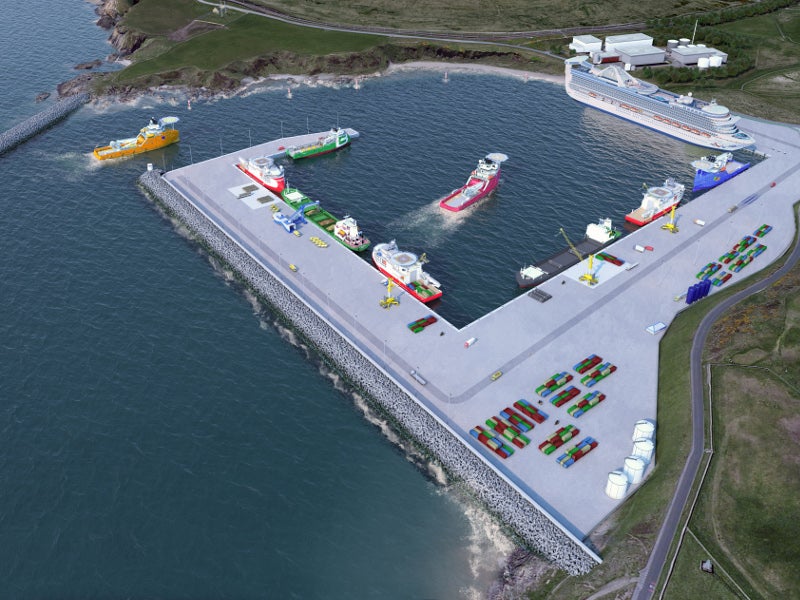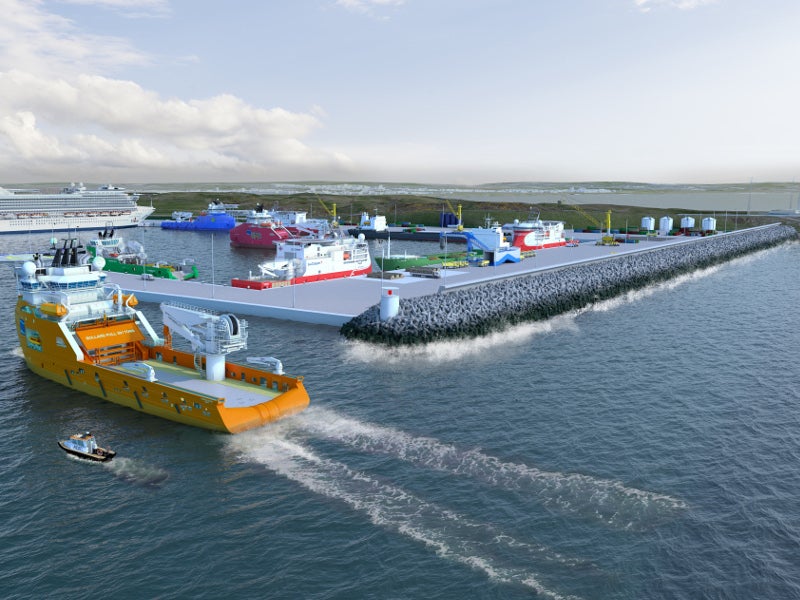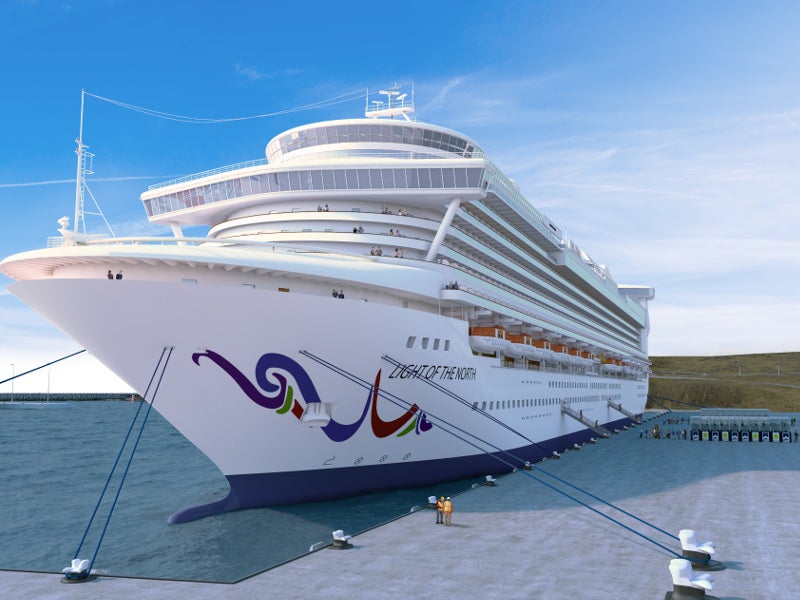Aberdeen Harbour expansion project aims to expand and diversify the existing capabilities of the harbour to transform the marine support facilities available in Scotland.
The £350m ($445.9m) expansion project will mainly involve the development of new infrastructure and facilities at Nigg Bay to the south of the existing harbour.
Scottish Government granted permission for the construction of the expansion project in December 2016. The project is a part of the National Planning Framework 3 (NPF3).
Construction on the expansion project started in May 2017 and is expected to be completed in mid-2020.
Aberdeen Harbour history
Established in 1136, Aberdeen Harbour is one of the oldest and the busiest ports in the UK. It serves as a hub for marine operations in north-west Europe and offers links to more than 39 countries.
The port handles more than 27 million tonnes of shipping and approximately 4 million tonnes of cargo. It contributes more than £1.5bn ($1.9bn) a year to the region’s economy and provides 12,000 full-time equivalent jobs.
The Aberdeen Harbour Board, an independent authority, is responsible for the administration, maintenance and improvement of the harbour.
Aberdeen Harbour expansion project details
The Aberdeen Harbour expansion will mainly involve dredging within Nigg Bay to construct two breakwaters and develop quayside on the north and west sides of the bay.
It will include 1,400m of new quay with a water depth of up to 10.5m and 125,000m² of lay-down area. The turning circle of the harbour will be 300m, while its channel width will be 165m.
Two rubble mound breakwaters 634m-long and 640m-long will be built around the south harbour to protect it from the wave climate. More than 1,424m of quayside will be built for the berthing of vessels.
The existing bay will also be dredged to a depth of 9m and temporary road and coastal path diversions will be built as part of the expansion.
The project will also feature car parking, gatehouse, and two single-storey staff buildings. Harbour lighting will be installed across the site to provide a safe working environment.
The harbour will be equipped with navigational aids, including a leading sector light. Access roads to the harbour will also be improved in order to support the new development.
Aberdeen Harbour’s new port will have a total of four new super-quays, which will include the 300m-long Balmoral, the 400m-long Dunnottar, the 175m-long Crathes and the 540m-long Castlegate. The quays will have the capacity to accommodate a transfer load of 6,000t.
Other infrastructure improvements
Various amenity improvements and landscaping will be carried out to complement the local environment and topography.
Access paths and play facilities for St Fittick’s Park will be constructed. The coastal cycle path will be realigned and parking facilities will be improved as part of the expansion.
Coastal viewing points and outdoor classrooms will also be constructed in conjunction with the project.
Aberdeen Harbour expansion benefits
The expansion project is expected to create an additional 7,000 equivalent jobs and generate an additional £1bn ($1.27bn) a year to the economy by 2035. It will also bring new businesses to Aberdeen.
The Aberdeen Harbour expansion will also create potential new revenue streams and offer world-class marine support facilities to accommodate larger vessels.
Contractors involved
Dragados UK received a £298m ($380m) contract for the construction of Aberdeen Harbour expansion project in December 2016.
Doig + Smith is responsible to provide project management, cost consultancy, and quantity surveying services for the expansion project.
Arch Henderson offered engineering services from feasibility stage through the construction of the project.
Ocean Scientific International received a sub-contract from Dragados UK to provide a turbidity monitoring solution for reporting on the dredging activities of the Aberdeen Harbour expansion project.






